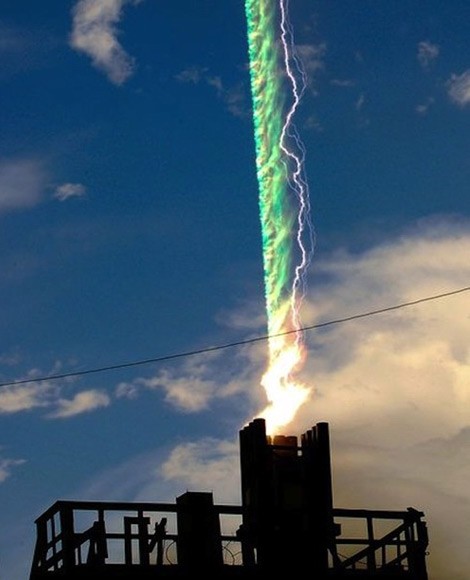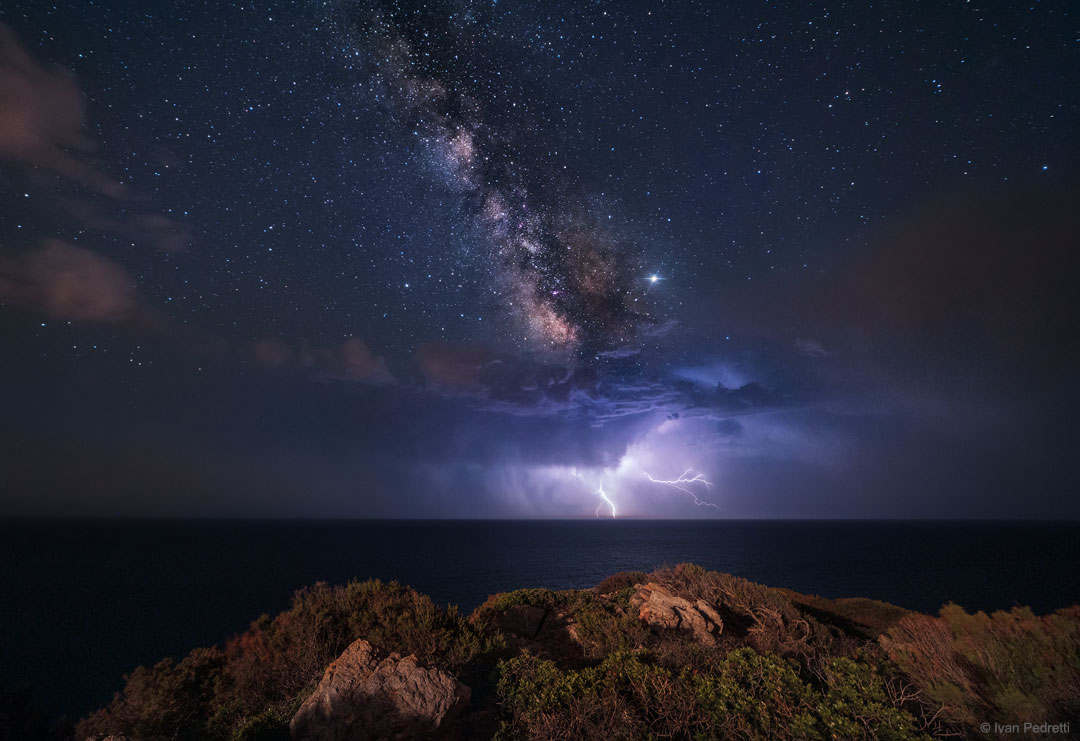Fulmini e raggi x

You know, we could just leave you with the image above and be done here, but its backstory is almost as cool. Researchers at the Florida Institute of Technology have built a 1,500-pound X-ray camera that can shoot ten million frames a second and then pointed it at a nearby flash of lightning to try and learn more about it. How did they know where the lightning would strike? Well, in true scientific fashion, they caused it themselves! This was done by shooting rockets into thunderstorms, with attached wires directing the flow of energy down into their target zone. The imagery produced from the X-ray sensor is actually extremely low-res — a 30-pixel hexagonal grid is all you get — but it’s enough to show that X-ray radiation is concentrated at the tip of the lightning bolt. What good that knowledge will do for the world, we don’t know, but we’re sure it’ll provide nice fodder for the next round of superhero empowerment stories.
Riassumendo un gruppo di scienziati ha lanciato un razzo in alcune nubi temporalesche, a codesto razzo era attaccato un cavo metallico che ha condotto un fulmine esattamente dove gli scienziati volevano, a quel punto una macchinetta fotografica per i raggi x, in grado di scattare 10000000 di fotogrammi al secondo, e un’altra macchina fotografica, questa del tipo classico però, hanno ripreso la scena.
Il risultato?
Una spettacolare immagine di un fulmine e dei raggi x da esso sprigionati, inoltre si è potuto stabilire che tali raggi si concentrano sulla punta del fulmine.
E per ribadire che i fulmini sono una delle cose più affascinanti della natura ecco a voi un bel video su di loro:
Via Engadget


